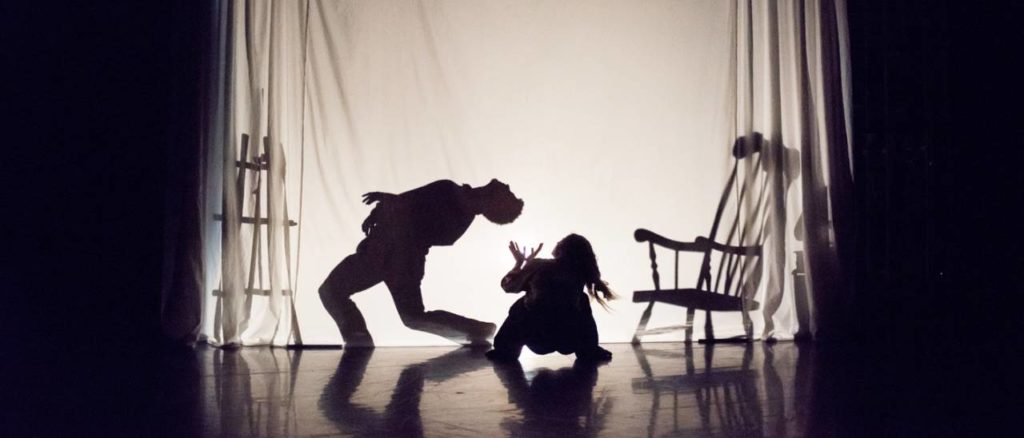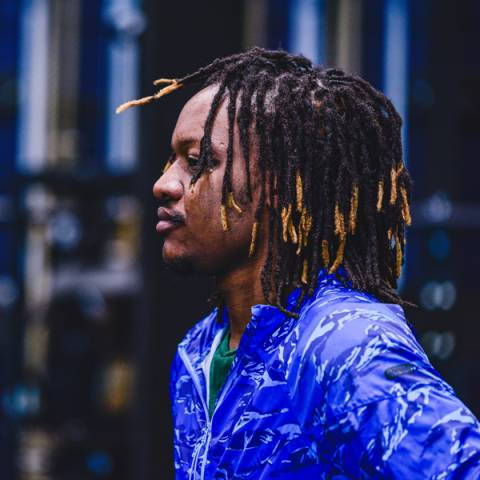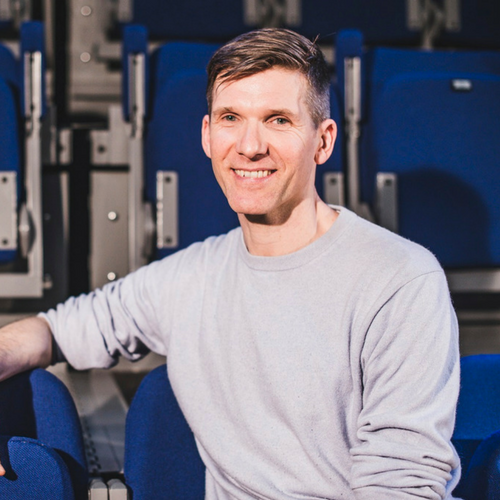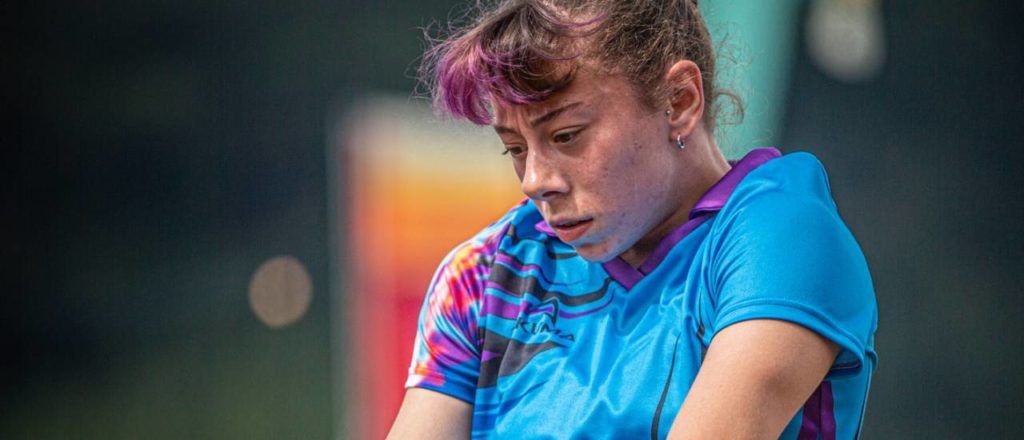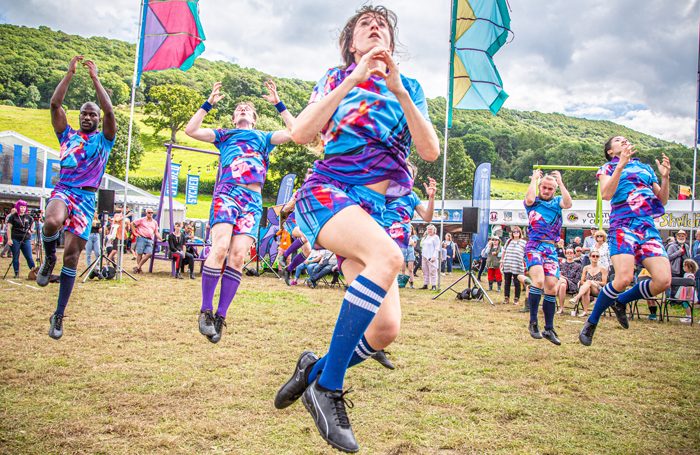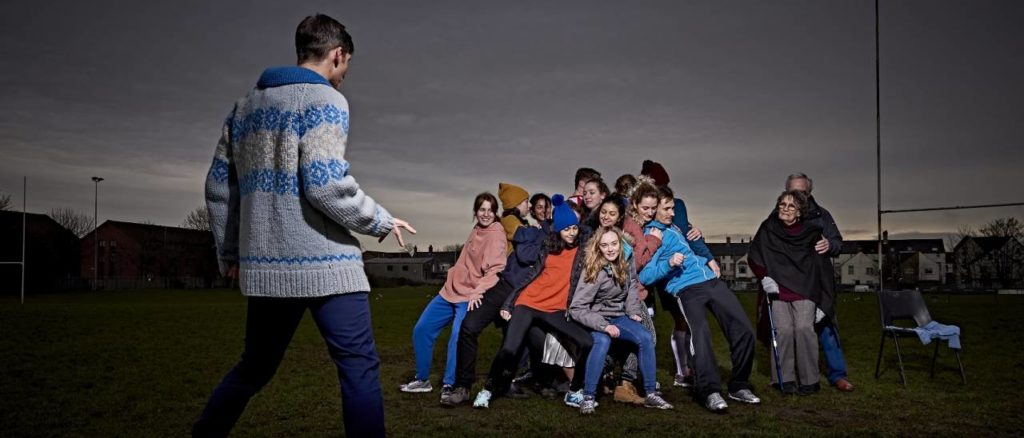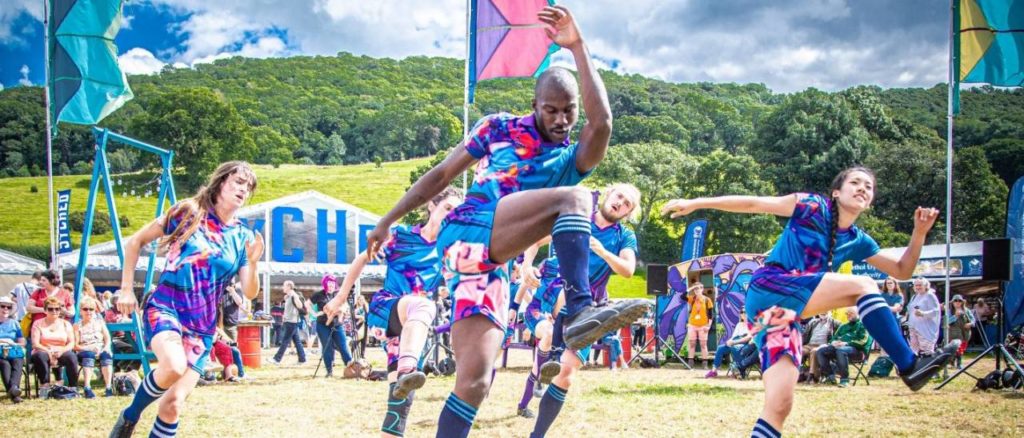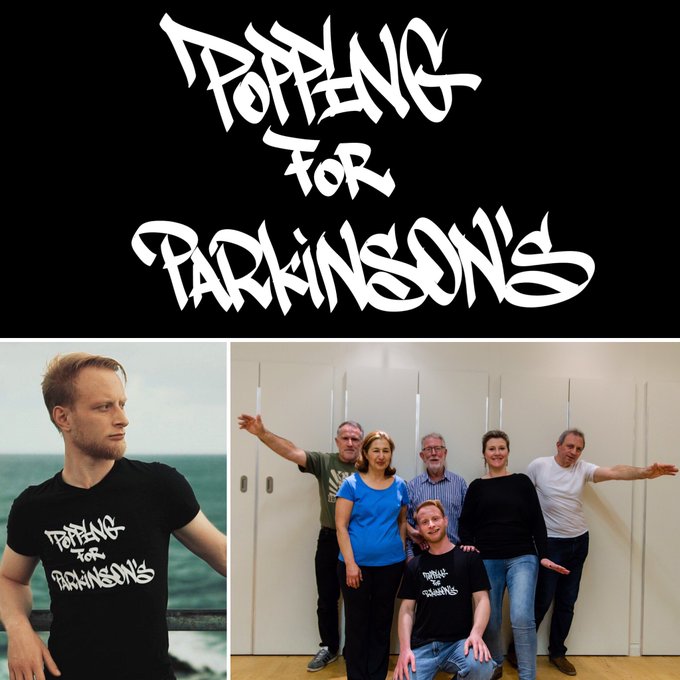
Hi Simone great to meet you, can you give our readers some background information on yourself please?
Thanks for having me! I am Simone Sistarelli, and I am the founder of Popping For Parkinson’s ®, a project that transforms Parkinson’s patients into Popping dance students. I am passionate about inspiring people. I am a dance artist, a social entrepreneur, a musician and public speaker. I am in the Universal Hip Hop Museum Hall of Fame for my contribution to Hip Hop Culture.

I have a BA in Contemporary Dance from Trinity Laban and an MSc in Dance Psychology from the University of Hertfordshire.
What got you interested in the arts?
I fell in love at first sight with dancing at age 10, and I have not stopped being in the arts world since! The arts are an incredible vessel of expression, and they feel liberating to me.
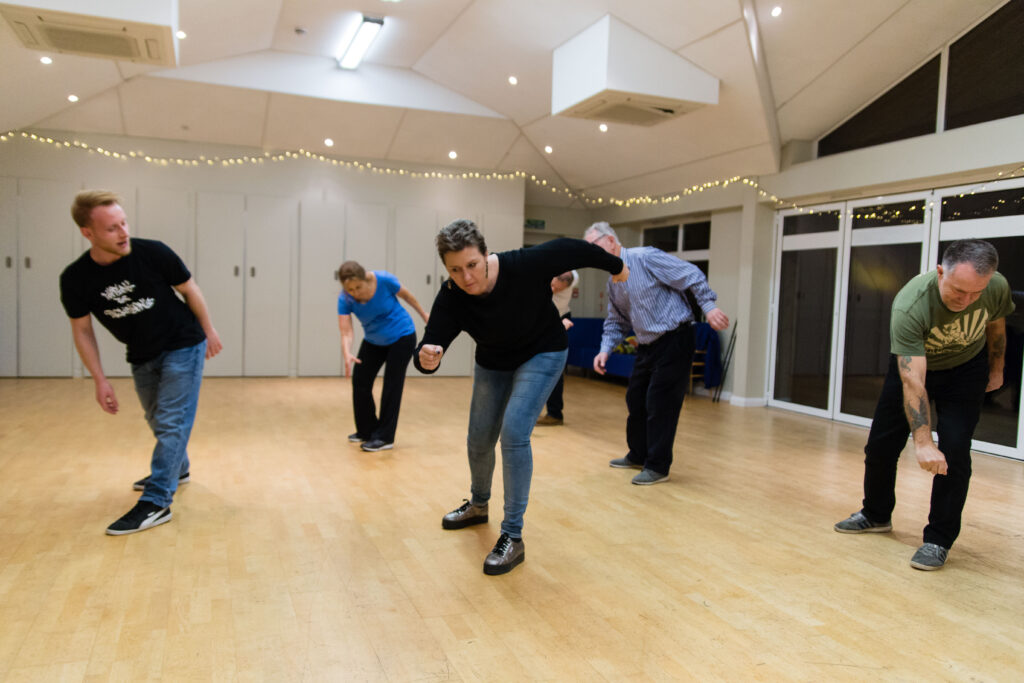
You have been running Popping For Parkinson’s since 2015. On your website you describe your approach as
“Using Popping dance techniques as an innovative therapeutic tool for improving the physical condition of people affected by Parkinson’s disease. Participants see improvement in their natural movement capacities, but also gain confidence, feel less socially isolated and have fun.”
It sounds like a fascinating approach. Where did the project originate?
I had the original idea in 2012 while training at Trinity Laban Conservatoire. It originated as a result of various inputs, from my granddad having Parkinson’s to the similarities between the Parkinson’s tremors and Popping dance. I thought: people with Parkinson’s shake without the beat;I train my whole life as a Popping dancer to shake to the beat. In my head, people with Parkinson’s could turn their symptom into a superpower! After years of research on Parkinson’s, dance, music therapy, dance therapy and more, I developed a methodology, started a collaboration with SLYPN (South London Younger Parkinson’s Network), I offered the first dance class as a trial run, people loved it, and we haven’t stopped since!
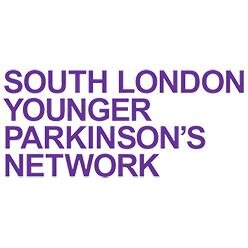
How does someone get involved, do they need to have any prior dance experience?
Absolutely no prior experience is needed! People can simply sign up for the online classes through our website and join us!
How would you like the project to develop?
There are around 10 million people with Parkinson’s worldwide. The ultimate aim of the project is to reach all of them and empower them all to become dancers! In practical terms, I am working on future developments by exploring different ways to reach people, from writing a book to creating dance tutorials (both on streaming platforms and DVDs), creating bespoke music for dance classes and more.
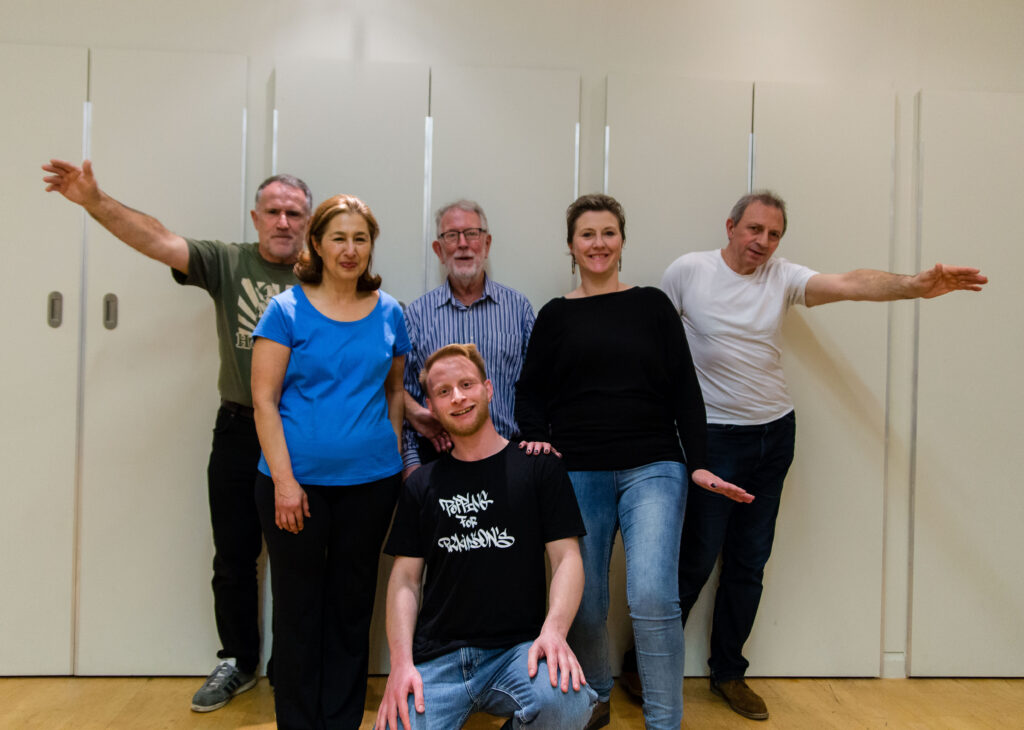
You might not normally think of Hip-Hop culture and Parkinson’s as strong partners. What has the reaction been to the project in the Hip Hop community?
My work has been recognised by the Universal Hip Hop Museum, the ultimate dream for anyone in the Hip Hop community. I hope I can inspire people in the Hip Hop world as much as Hip Hop inspired me in the first place.
There is a lack of Diversity in mainstream cultural provision. Do you think your project has connected with people who might not normally think of themselves as Dancers?
Yes! Dance is so much more than solely performing, and appreciating that is key to inviting more people to improve their life through social artistic movement.
Music is a key element of Hip Hop. How do you select the tracks to use in your class and if you had to choose one, what’s your favourite?
As a musician myself, I carefully choose the songs for my classes. I know the impact that a good tune can have! I am a record collector and I have a vast collection of songs to start from, then depending on the theme/mood of the class I will pick the most appropriate songs. Songs can go from classic Popping tunes (Cameo, Zapp) to Popping beats (Slick Dogg, Beatslaya), from recent Electro-Funk releases (Mofak, Makvel) to my own music productions.
Asking for a favourite song/album to a collector is like asking for the favourite child to a parent, it’s impossible to answer! One of the songs that I keep going back to though is Brass Construction’s “Get up to Get Down”.
Get the Chance works to support a diverse range of members of the public to access cultural provision. Are you aware of any barriers that people living with Parkinson’s face to access dance and your organisations work? If you have identified any, have you been able to reduce these barriers in any way?
People with Parkinson’s face several challenges on a daily basis. Some of these limitations are specific to accessing dance classes. We did encounter some of them and we tried to reduce the impact that they had. One example was offering both seated and standing classes, so that people with limited mobility can access Popping dance (which tends to be a standing dance style).
Another limitation was costs, so from the very start of the project we offered the classes free of charge for participants (thanks to the support of funders such as the Mayor of London Sadiq Khan and the National Lottery Community Fund).
Now that classes are online only for obvious reasons, barriers are different. For example, commuting to class can be challenging for people with Parkinson’s, yet this particular limitation is not present online. At the same time, online classes present other barriers, such as technological knowledge, Zoom fatigue, access to broadband (especially for older people). We want to expand and offer several ways of participation, from interactive classes via Zoom to pre-recorded classes on YouTube, from dance tutorials to DVDs (coming soon) in order to minimise the impact that barriers create to people with Parkinson’s. It is a constant work-in-progress.
The video below is a taster video of a Popping For Parkinson’s Class
With the roll out of the Covid-19 vacancies, the arts sector is hopeful audiences will return to venues and theatres. If theatres want to attract people living with Parkinson’s what do you think they should do?
Venues should understand the needs of people with Parkinson’s in order to accommodate them, making sure that venues are accessible and that staff are trained accordingly.
If you were able to fund an area of the arts what would this be and why?
All of them! But if I had to choose, I would dedicate way more funding to the phenomenal individuals that dedicate their lives to supporting people through artistic expression. The value that individuals bring to the arts is immense, and without them organisations could not thrive.
What excites you about the arts at the moment?
Two main aspects really inspire and excite me at this stage. One is dance science, getting a deeper understanding of the relationship between arts and health, as I believe there is unlimited potential there.
The other one is the creation of new cross-disciplinary experiences that engage a diverse audience through the combination of several media (for example, from the genre-defying dance film TOM by Wilkie Branson to choreographing for drones).
What was the last really great thing that you experienced that you would like to share with our readers?
Seeing my students come to class with severe difficulties and then leaving energised, smiling and confident is an experience I still cannot get used to after many years! The power of dance truly is remarkable, so much so that sometimes it feels magical!
Thanks for your time Simone
Thank you
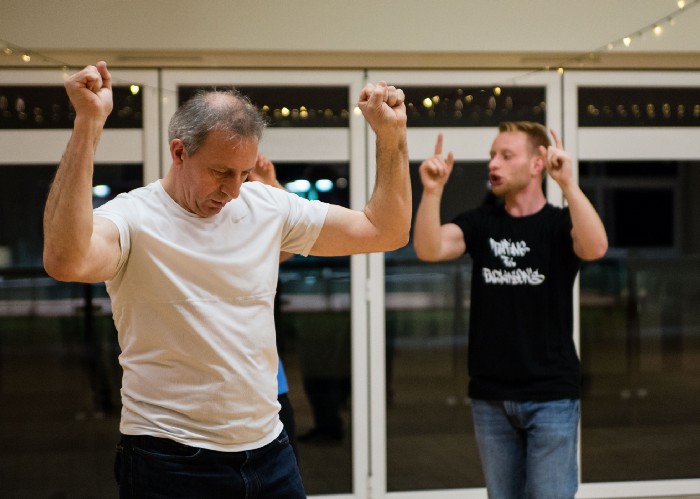
You can checkout the PoppingFor Parkinsons Spotify playlis here
If you are interested in finsing our more abour Simone and his work you can do so at the links below.
Website: www.poppingforparkinsons.com
Instagram: www.instagram.com/poppingforparkinsons
Facebook: www.facebook.com/poppingforparkinsons
Simone’s personal website: www.simonesistarelli.com

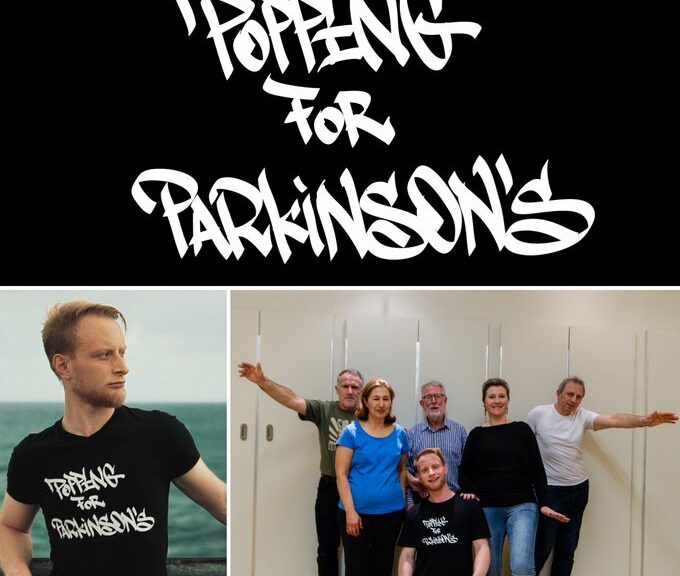
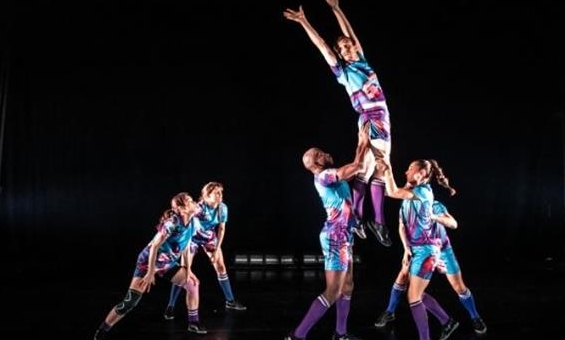
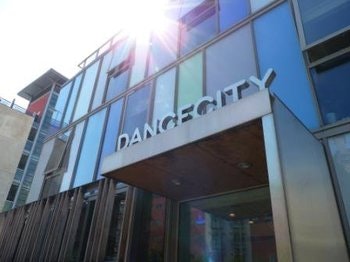
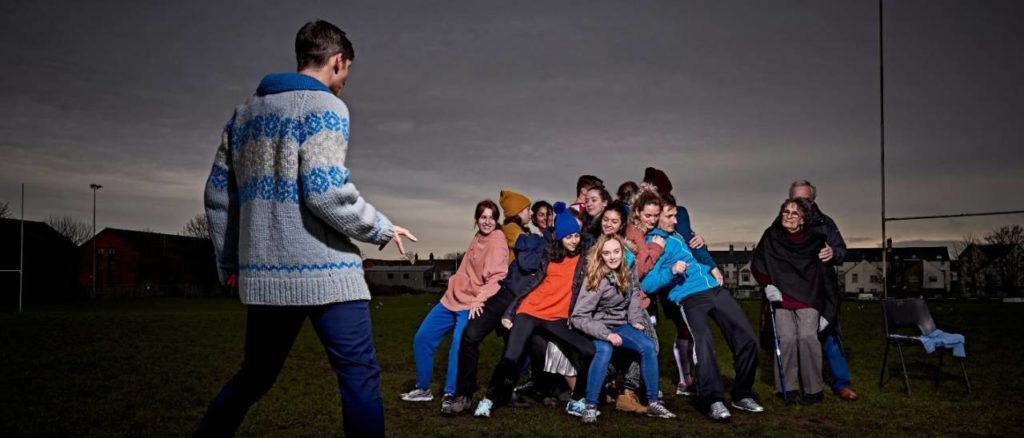
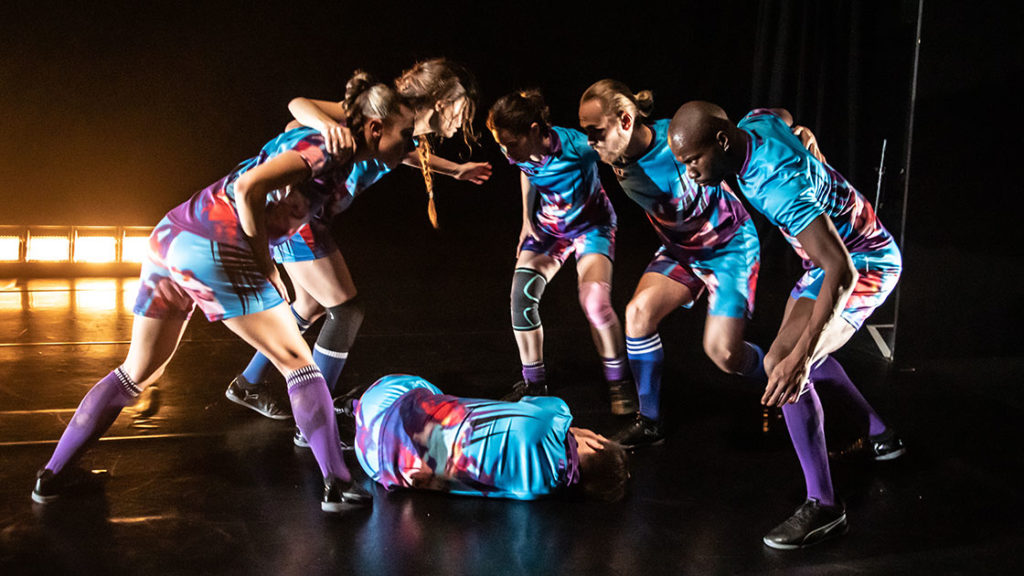
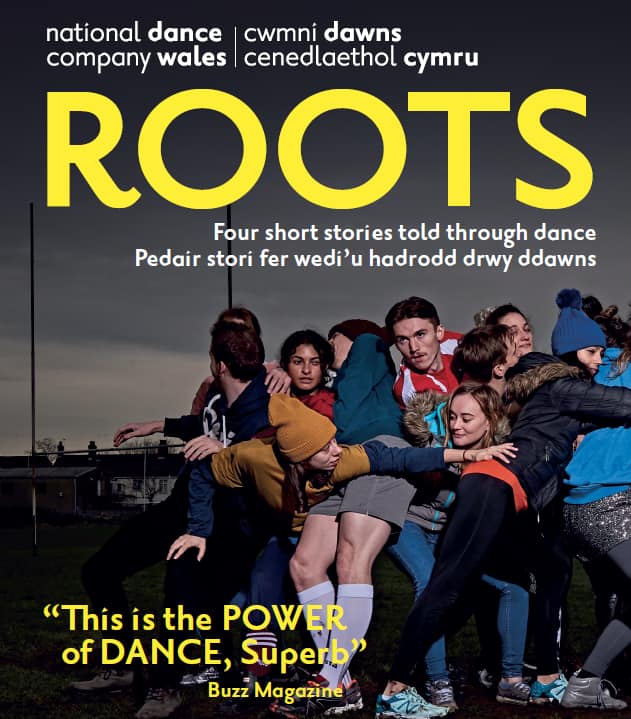
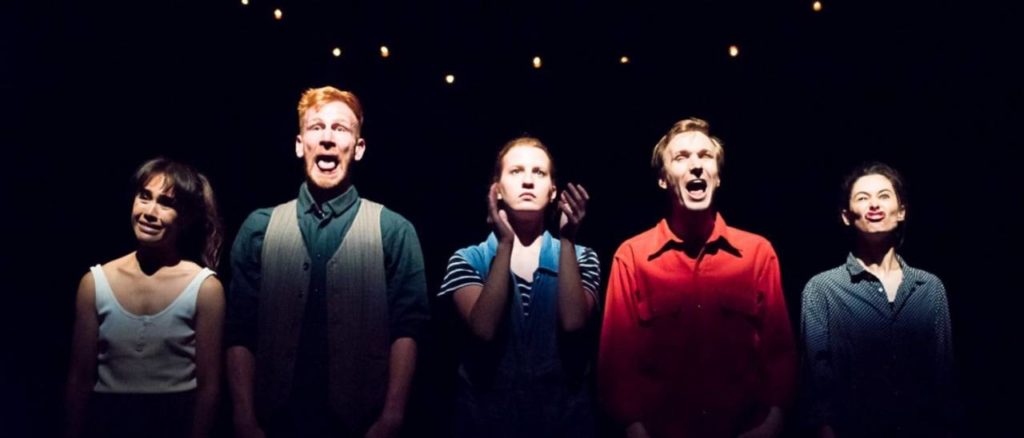
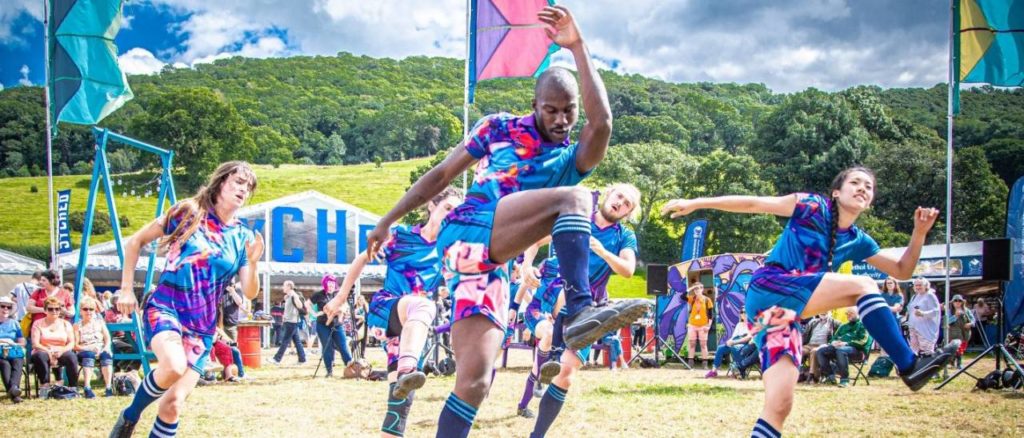
 (4 / 5)
(4 / 5)
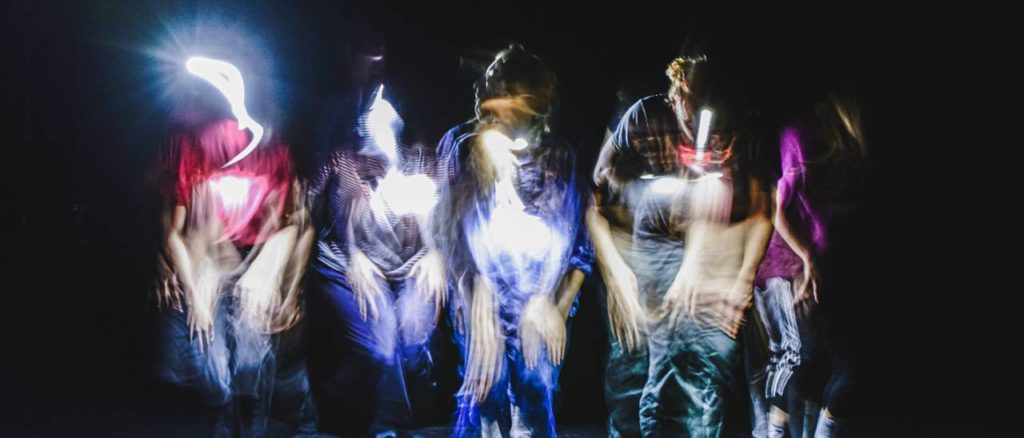
 (5 / 5)
(5 / 5)